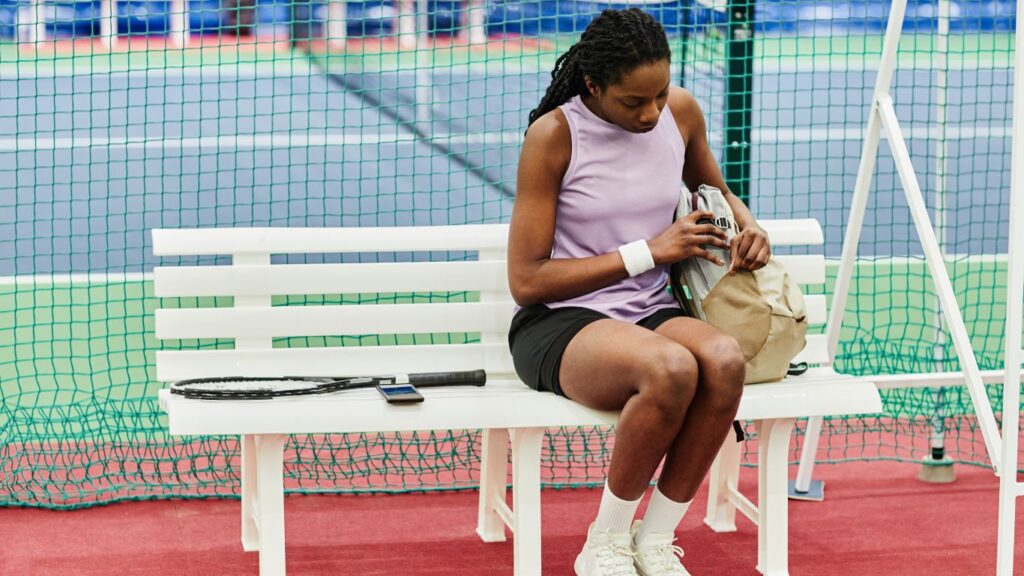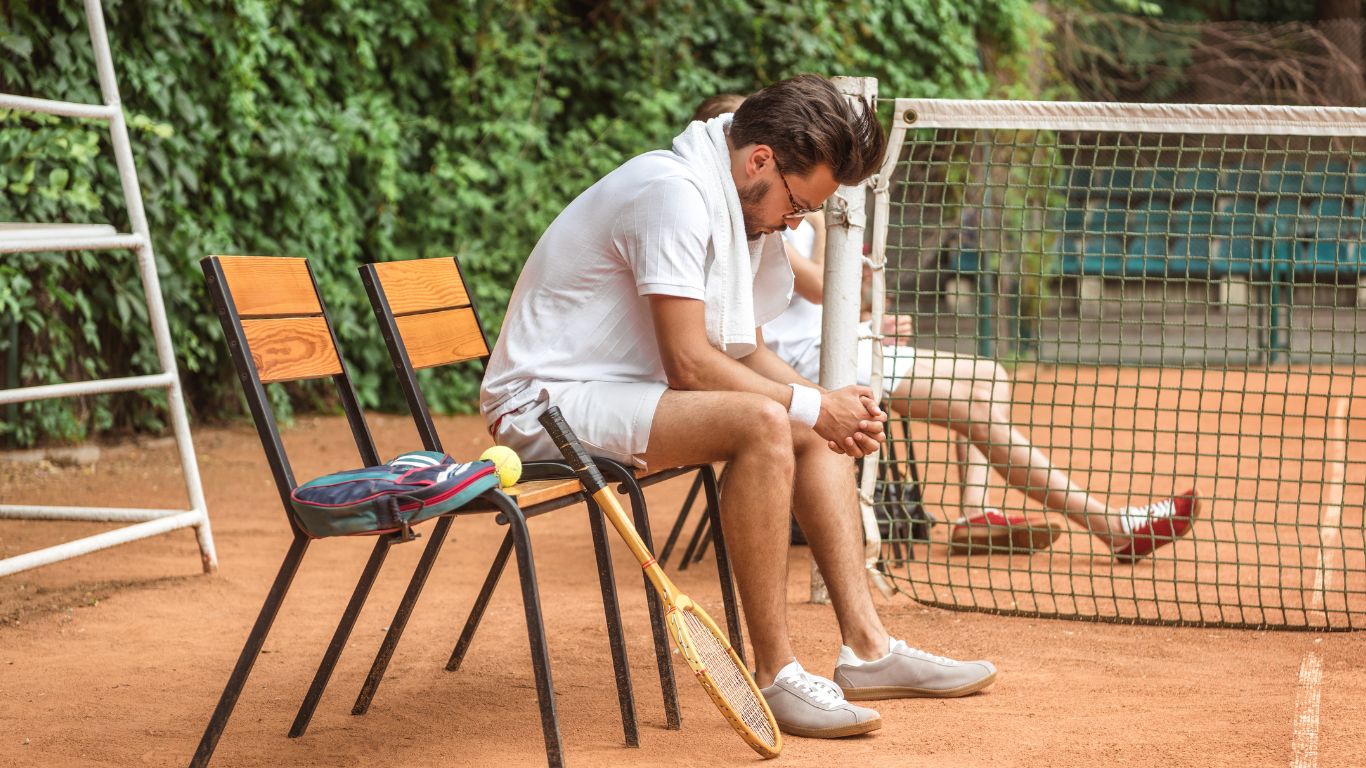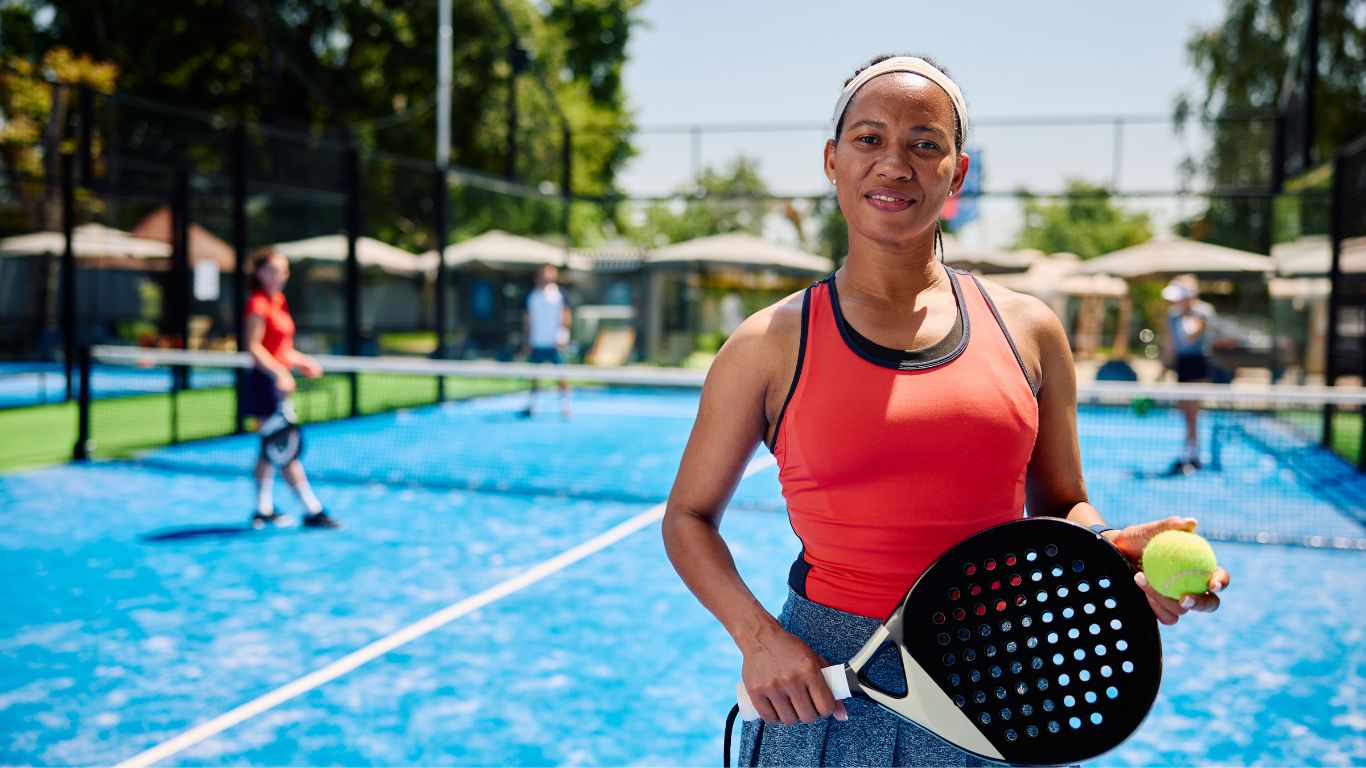Maintaining momentum and energy throughout a match is crucial in the fast-paced world of professional tennis. It’s a sport that requires skill, stamina, and mental fortitude. The International Tennis Federation (ITF) has specific regulations that keep the game moving smoothly, with one of the most notable rules being the restriction on player seating during matches.
The Rule and Its Implications
According to the ITF, tennis players are not permitted to sit during a match other than during designated times, such as changeovers and set breaks. This rule aims to keep the game flowing and limits disruptions that could unnaturally stall the action or shift momentum. Players must strategically use the time between games and during changeovers for quick rest and recovery.
Maintaining the Pace of the Game

The primary goal of having such a rule is to avoid any unnecessary delays in the game, which ensures that the match progresses in a timely and energetic manner. Quick switchovers where players hydrate, towel off or receive brief coaching advice keep the audience and athletes continually engaged in the unfolding competition.
Physical and Mental Demands
Tennis showcases the astounding physical and mental endurance of its players. Not allowing athletes to sit during the games emphasizes their ability to withstand long and often gruelling matches while maintaining a high level of play—genuinely testing their limits.
Sportsmanship and Gamesmanship
Players cannot exploit seating breaks as a strategic ploy to interrupt an opponent’s rhythm. The rule helps mitigate gamesmanship tactics that can detract from tennis’s fair and competitive nature. Sportsmanship is at the core, and the no-sitting rule reinforces this value.
Safety and Health

Continuous movement in tennis is not just about keeping the game engaging; it’s also a matter of health. By staying active, players minimize the risk of injury associated with abruptly switching between high-intensity play and sitting still.
Strategic and Efficient Time Use
Players are compelled to be strategic about managing their energy and recovery time. This element adds depth to the game, testing players’ abilities to recover quickly and think ahead.
Professionalism and Fair Play
The no-sitting rule contributes to the professionalism of the sport. It sets high expectations for players and the standards of fair competition that are integral to the sport’s integrity.
Historical Context
The prohibition against sitting during games hearkens back to the origins of lawn tennis in the 19th century when the sport valued continuous play and athleticism. Over time, it has become a norm, defining the rhythm and character of professional tennis.
Impact on Players
Players must train rigorously for the technical aspects of tennis and endure the physical and mental strain that a match demands without frequent rests. This rule shapes the way players approach the sport, from training to strategy to execution.
Enforcement of the Rule
Match umpires take the enforcement of this rule very seriously. They ensure players avoid taking advantage of seating during games, and any deviations are met with quick and decisive intervention. It is understood that these rules add to the allure of tennis, testifying to the elite stamina and willpower required at the professional level.
In summary, the no-sitting rule is more than a mere regulation; it is a hallmark of tennis’s dynamic nature, calling for continuous engagement from players and viewers alike. It symbolizes the sport’s essence—a blend of motion, strength, and resilience, making every match a display of technical finesse and an extraordinary feat of human endurance.









